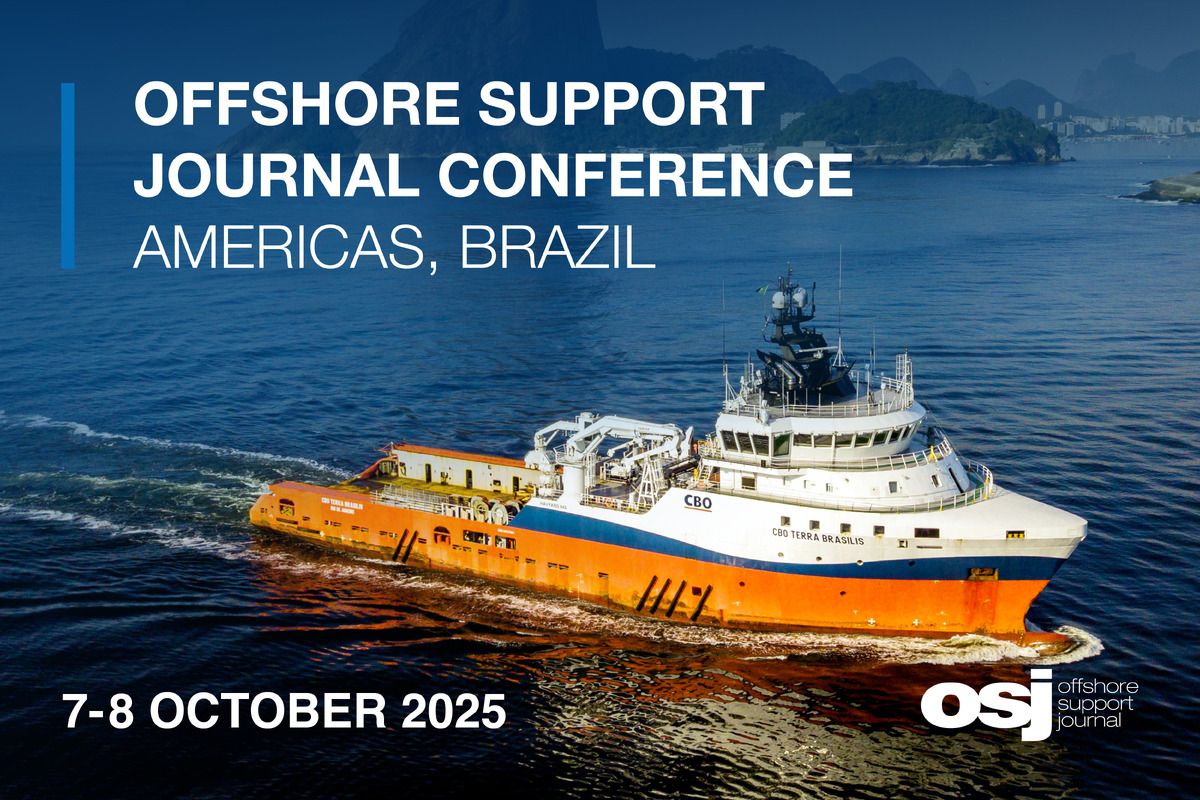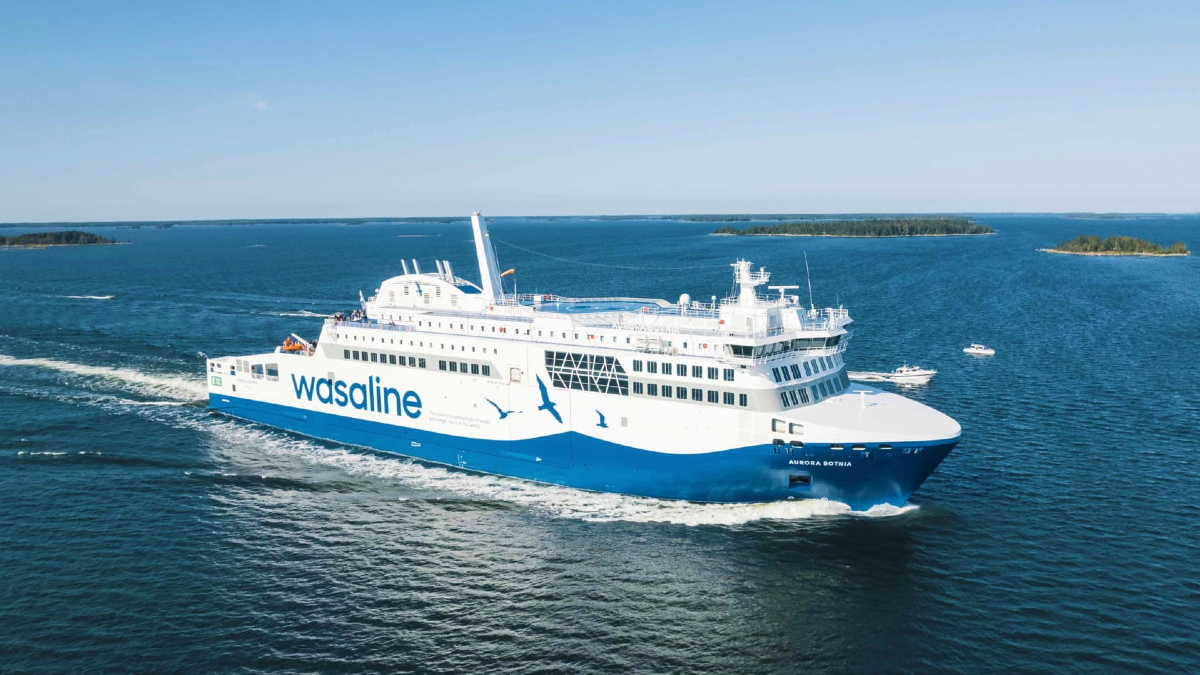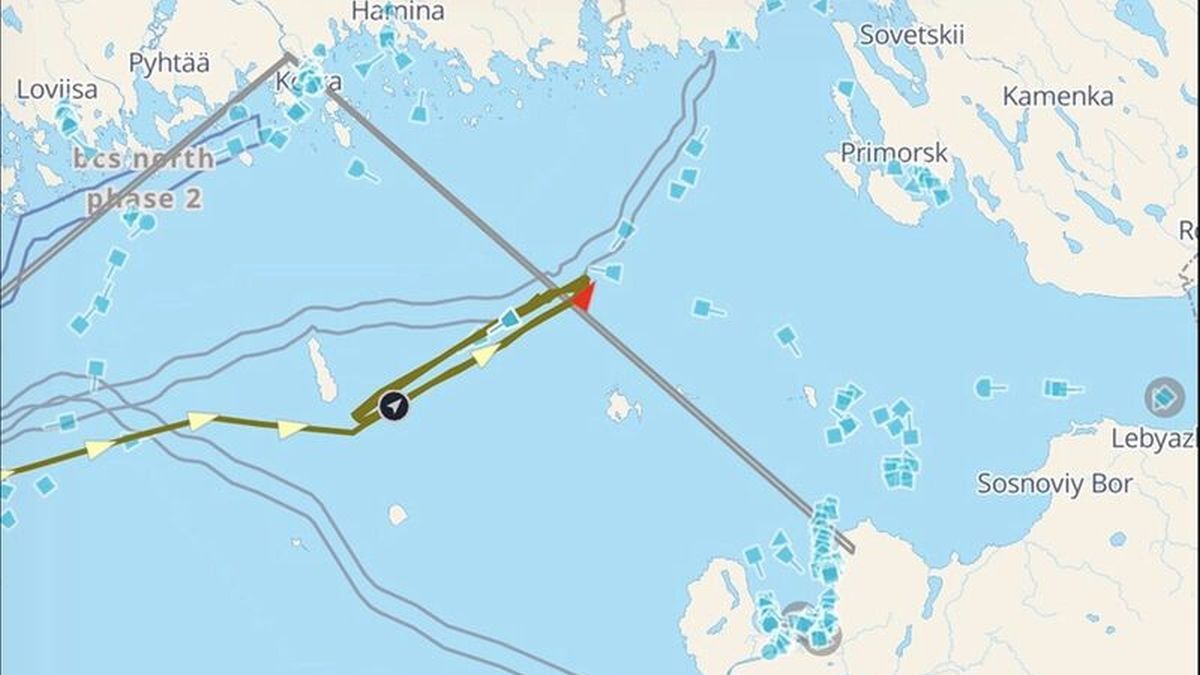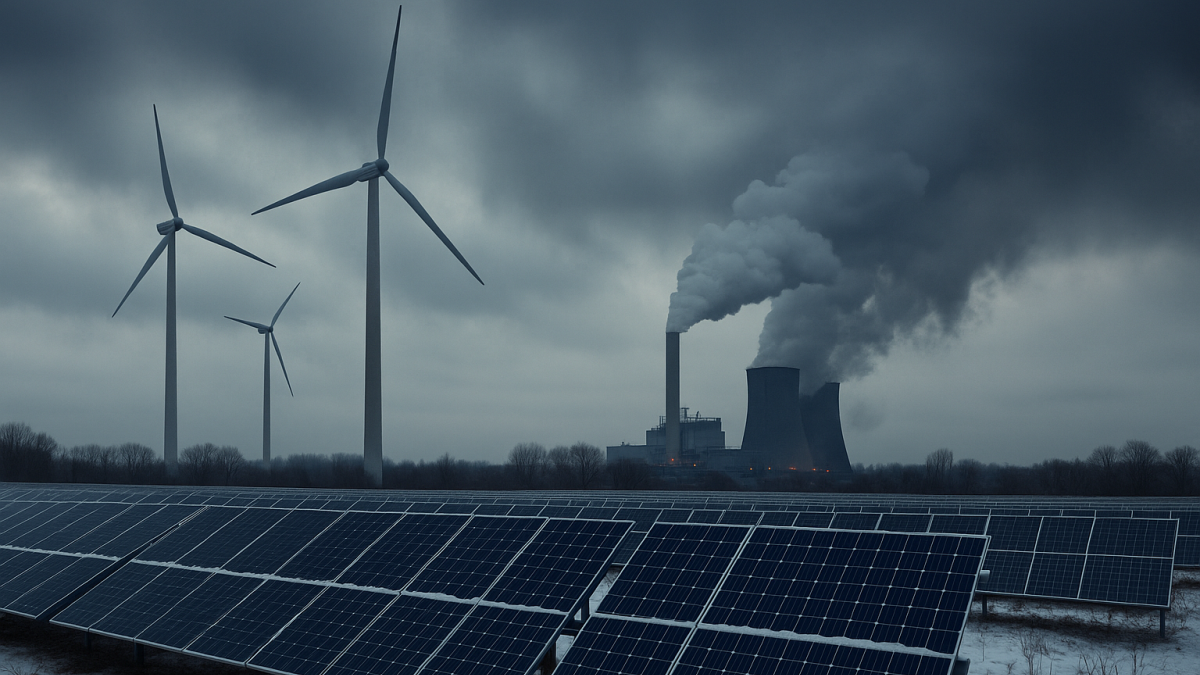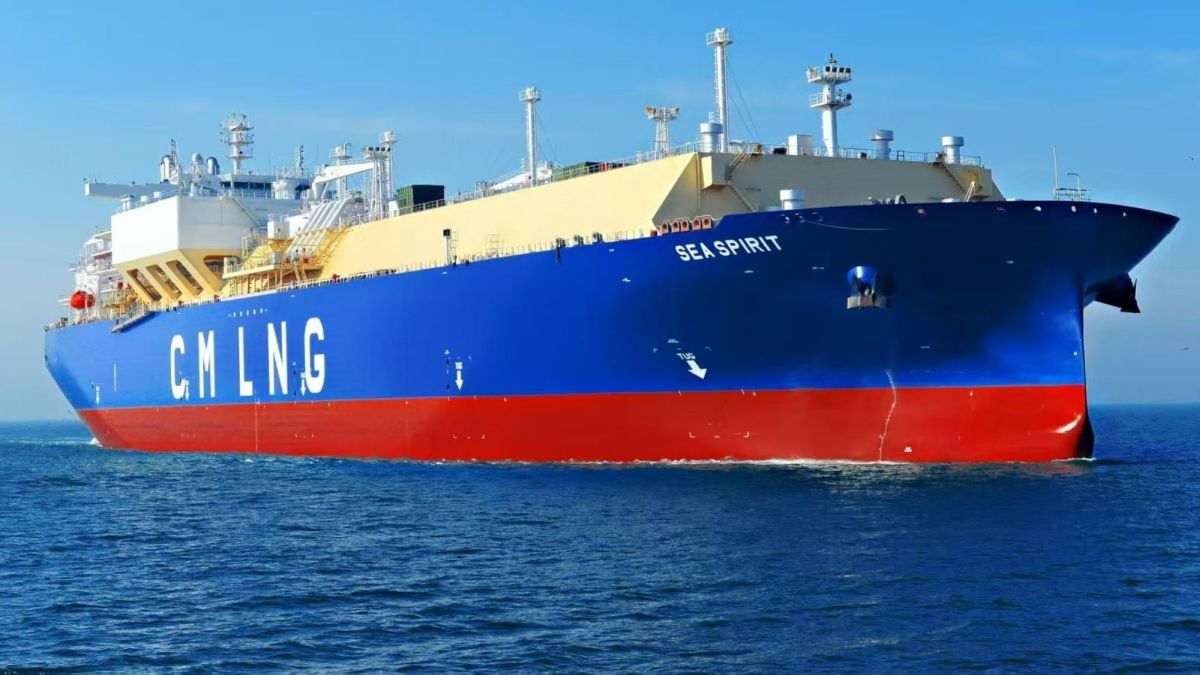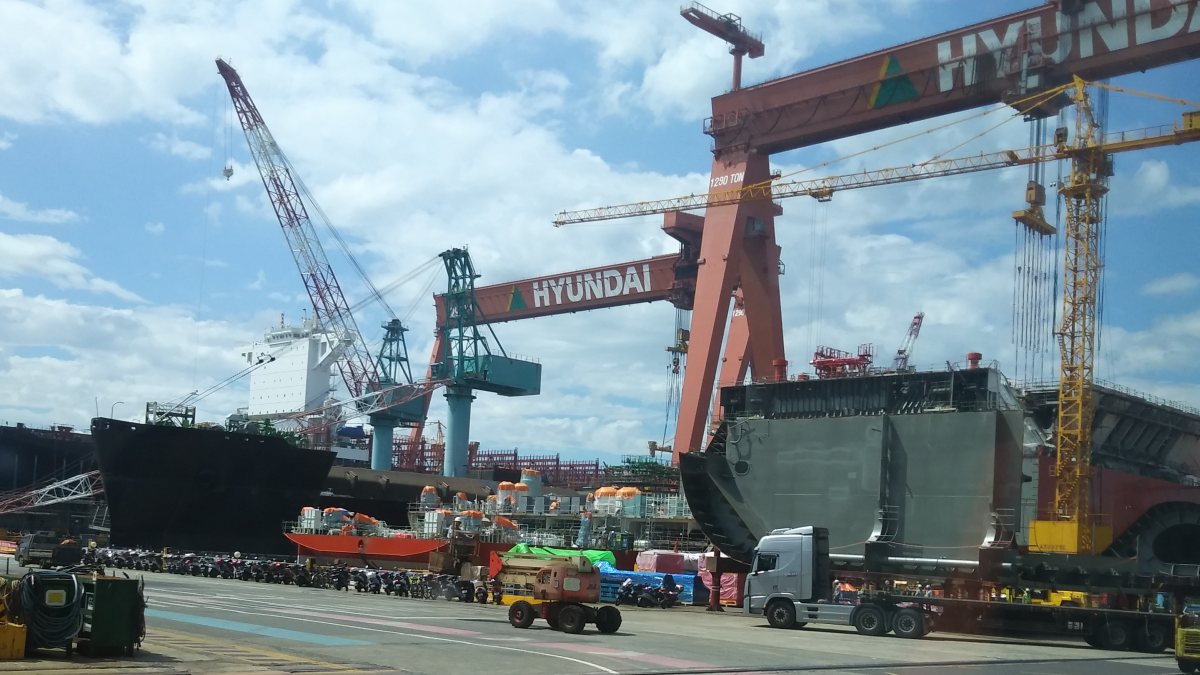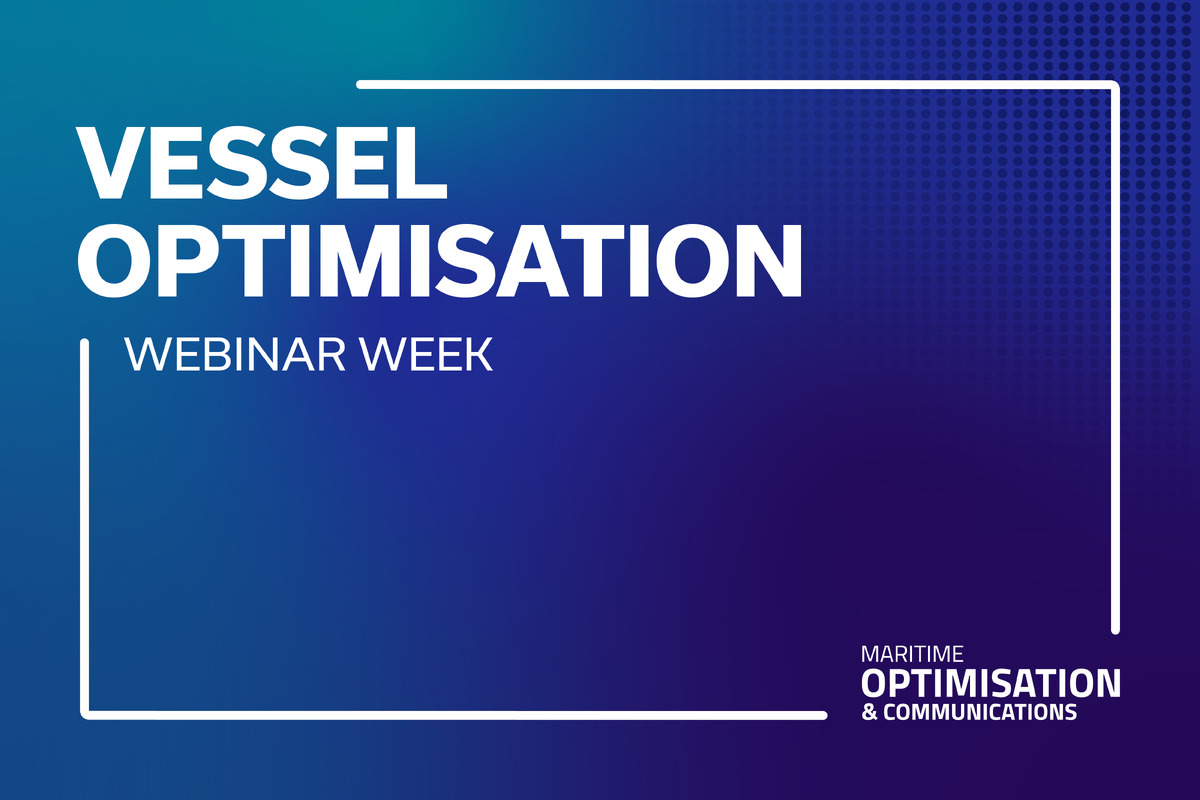Business Sectors
Events
Contents
Register to read more articles.
Methane slip up: study reveals levels twice those assumed by EU
A new study using real-world measurements of methane emissions from the plumes of 18 ships with four-stroke, LNG dual-fuel engines found methane slip to be more than twice as much as estimates used by the EU
The findings were gathered under the Fugitive and Unburned Methane Emissions from Ships (FUMES) project, and were released by international collaborators, International Council on Clean Transportation (ICCT), Danish emissions measuring specialist Explicit ApS and the Netherlands Organisation for Applied Scientific Research.
Methane is a powerful greenhouse gas (GHG), with a global warming potential (GWP) 29.8 times that of CO2 over a 100-year timeframe, according to the Intergovernmental Panel on Climate Change. This is similar to the US EPA, which says methane has a GWP of 27-30 over the same timeframe. Either way, it is vital that LNG-fuelled ships mitigate methane slip to advance shipping’s net-zero ambitions. There are now 1,006 LNG-fuelled vessels in the global fleet, 469 of which are in operation. Many of these vessels will be operating for decades to come.
Furthermore, with shipping now included in the EU Emissions Trading System (EU ETS) starting 1 January 2024, methane and nitrous oxide emissions will come under scrutiny starting in 2026, and the FuelEU Maritime requirements for the GHG intensity of energy used on board will come into effect in 2025.
DNV has been collaborating with others in industry on projects to reduce methane slip. “Many think of LNG as a transitional fuel only, but it can also be much more than this,” said DNV segment director passenger ships and roro, Hans Eivind Siewers. “But for this fuel to take passenger ships all the way to zero emissions with bioLNG and e-LNG, it is of major importance that we succeed in reducing methane slip.”
Study results
Methane slip, essentially unburned fuel that escapes from the exhaust during combustion, was more pronounced at low engine loads for the four-stroke, low-pressure, Otto-cycle LNG dual-fuel engines, according to the study’s findings. Methane slip calculated from 22 measurements of 18 unique ships that exclusively used these types of engines averaged 6.42% with a median of 6.05%. For six measurements at or above 50% combined engine load, the average was 6.07% and the median was 6.59%, reported the ICCT.
By contrast, methane slip from such engines is assumed to be 3.1% by the EU and 3.5% by the IMO. The study found that 77% of the real-world measurements exceeded these assumed levels.
Onboard measurements found that methane slip and work-specific NOx emissions were highest at the lowest engine loads, reports ICCT. “To address this, policymakers should consider adding a 10% engine load test point to engine certification test cycles,” said the researchers.
Studies such as the FUMES project are essential to gain insight into actual engine operations. To date, such data has been scarce, with methane slip estimates only based on information provided by engine manufacturers.
Other recent studies include one conducted by researchers led by Dr Paul Balcombe, senior lecturer in chemical engineering and renewable energy, Queen Mary University, which examined the total methane emissions from an LNG carrier.
As detailed by Dr Balcombe at Riviera Maritime Media’s LNG Shipping & Terminals Conference, Europe in 2022, the study gathered measurements and data of total methane and CO2 emissions on a voyage of 2021-built LNG carrier Gaslog Galveston during a round trip voyage from Cheniere’s Corpus Christi LNG terminal on the US Gulf Coast to Zeebrugge, Belgium. Measurements were taken from the propulsion and generator engines, exhaust stacks, vents and fugitive emissions during loading, laden voyage, unloading and ballast voyage.
The Queen Mary University study showed the average was 3.8% methane slip across all two-stroke and four-stroke platforms.
Individually, the pair of two-stroke engines on Gaslog Galveston had average methane slips of 2.3% and 1.9%, while average slip rates for the two most frequently operated four-stroke engines (one eight-cylinder and one six-cylinder model) were 7.9% and 8.5%. In essence, this means that on average, 8% of the gas that was fed into the four-stroke, dual-fuel generator engines escaped into the atmosphere.
ICCT director, marine programme and lead author for the far-more comprehensive FUMES study, Dr Bryan Comer emphasised the importance of gathering real-world data to craft policy decisions. “Regulators need to use the best available data to develop effective climate policies. If methane slip assumptions remain too low, shipowners will be able to use LNG in high-methane-slip engines longer, effectively getting an unfair advantage over lower-emitting fuels and engines” said Dr Comer.
ICCT made several recommendations to policy makers based on the study’s findings (see accompanying box).
|
Key recommendations to policymakers made by ICCT from FUMES report
|
Cutting methane slip
But strategies and technologies are advancing to cut methane slip. One of the key takeaways from the FUMES study was that new generation low-pressure, LNG dual-fuel four-stroke engines show improved methane slip reduction. This was evident from in-stack results gathered from the passenger roro Aurora Botnia. The research showed the vessel’s low-pressure, LNG dual-fuel, four-stroke Wärtsilä engines arranged in a hybrid-battery electric propulsion system emitted lower methane slip than the default EU and IMO values. “Methane slip ranged from a minimum of approximately 2% at 77% load and 2.3% at 92% load, to about 4% at 26% load and 6% at 11% load. Methane slip was 2.5% at approximately 50% engine load, which is lower than the EU assumption of 3.1%” wrote researchers.
ICCT said, “The hybrid diesel-electric propulsion system with four main engines used on Aurora Botnia enabled optimised engine loads for higher fuel efficiency and lower methane slip by avoiding low-load operations for most of the trip. Wasaline applies this strategy on its daily trips”. Wasaline is the owner of Aurora Botnia.
LNG-battery hybrid Aurora Botnia has also been instrumental in the ongoing EU Horizon project GREEN RAY (new GeneRation marinE ENgines and Retrofit solutions to Achieve methane abatement flexibilitY). Launched in June 2022 under the leadership of the VTT Technical Research Centre of Finland, it aims to establish sound scientific data about methane slip from four-stroke LNG-fuelled engines by conducting onboard exhaust gas measurements, and to promote the development of methane abatement technologies. Besides DNV, others in the consortium include the Finnish Meteorological Institute, Shell Global Solutions, Wärtsilä, MSC, CMA Ships, Chantiers de l’Atlantique and several other stakeholders. A report will summarise the findings after the project ends in 2027.
Sign up for Riviera’s series of technical and operational webinars and conferences:
- Register to attend by visiting our events page.
- Watch recordings from all of our webinars in the webinar library.
Related to this Story
Events
Offshore Support Journal Conference, Americas 2025
LNG Shipping & Terminals Conference 2025
Vessel Optimisation Webinar Week
© 2024 Riviera Maritime Media Ltd.
